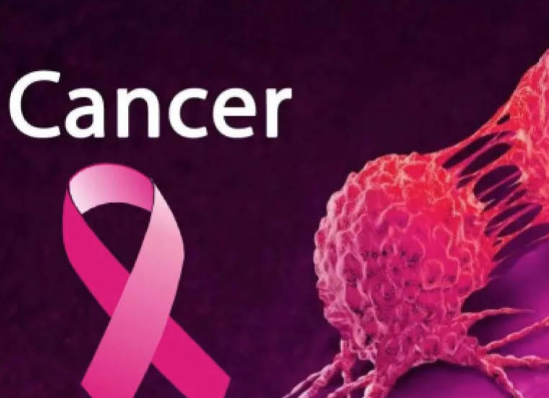

Did you know that child cancer is the leading cause of death among children globally?
The World Health Organisation (WHO) has stated that an estimated 400,000 new cases are diagnosed each year.
The WHO says while survival rates have improved dramatically in high-income countries, the situation remains dire for many children in low- and middle-income countries where access to diagnostic services, treatment and support services is often severely limited.
Pan American Health Organisation (PAHO) emphasises the same, stating that in high-income countries, more than 80 per cent of children with cancer are cured, but in many low- and middle-income countries, the cure rate is about 20 per cent.
The Target Goal of the WHO Global Childhood Cancer Initiative is to eliminate all pain and suffering of children fighting cancer and achieve at least 60 percent survival for all children diagnosed with cancer around the world by 2030.
In a bid to create awareness, the International Childhood Cancer Day (ICCD), a global collaborative campaign that takes place every year on February 15, was created.
The day serves to express support for children and adolescents with cancer, the survivors and their families.
The International Agency for Research on Cancer (IARC) says the most common cancer types are leukemias, lymphomas and central nervous system tumours, and the overall incidence has two separate peaks, at ages 0–4 years and 15–19 years.
Marking the ICCD, WHO highlights the challenges faced by children with cancer in countries affected by conflict and emergencies.
In Lebanon, the occupied Palestinian territory, the Syrian Arab Republic, Yemen and other parts of the Eastern Mediterranean Region, children battling cancer face not only the harsh realities of their illness but the compounded struggles that arise from conflict, displacement and limited access to health care.
It adds that the situation remains critical in the Eastern Mediterranean Region where conflicts and ongoing refugee crises have left many children with cancer without access to the lifesaving treatments they need.
WHO states that it is working with governments and other stakeholders to address these challenges.
“WHO and its partners are focused on improving access to childhood cancer care in conflict-affected areas of the Eastern Mediterranean Region, through the provision of medical supplies, support of local health care systems and the training of health care workers, WHO is working to ensure that no child’s life is cut short due to a lack of care or resources,” the health body says.











